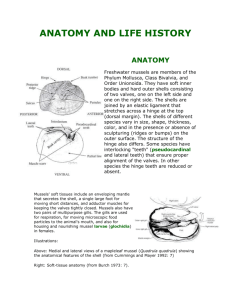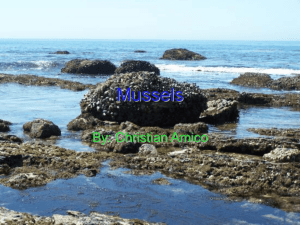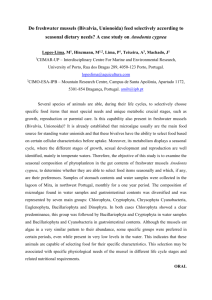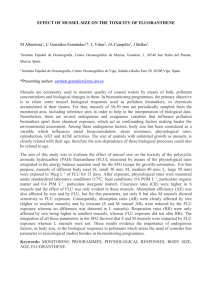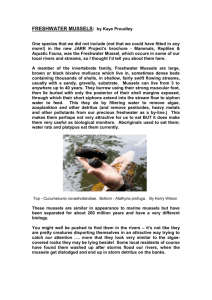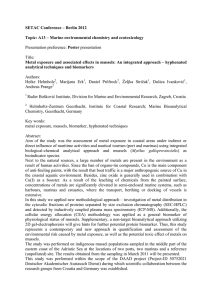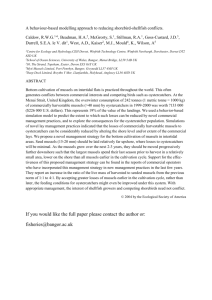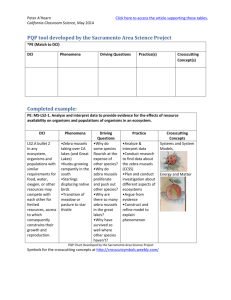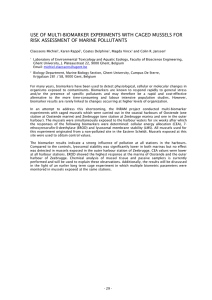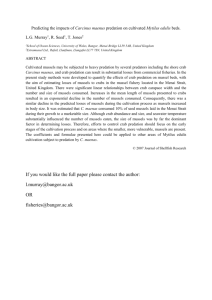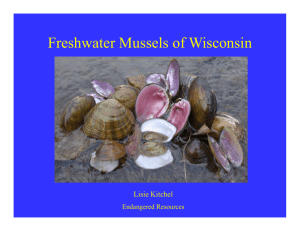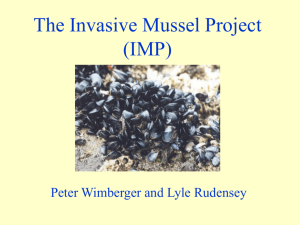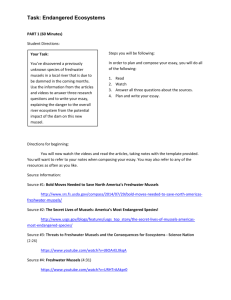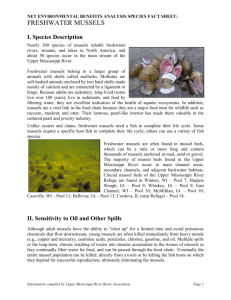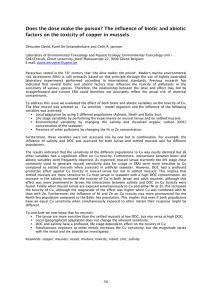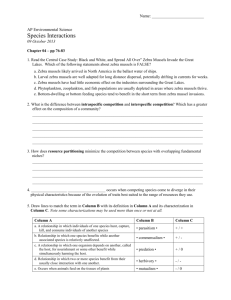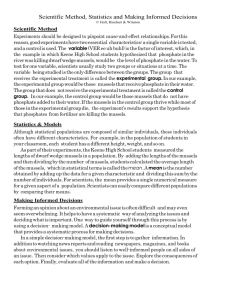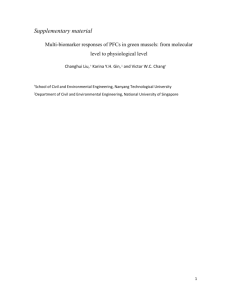Mirren- Little black mussels
advertisement
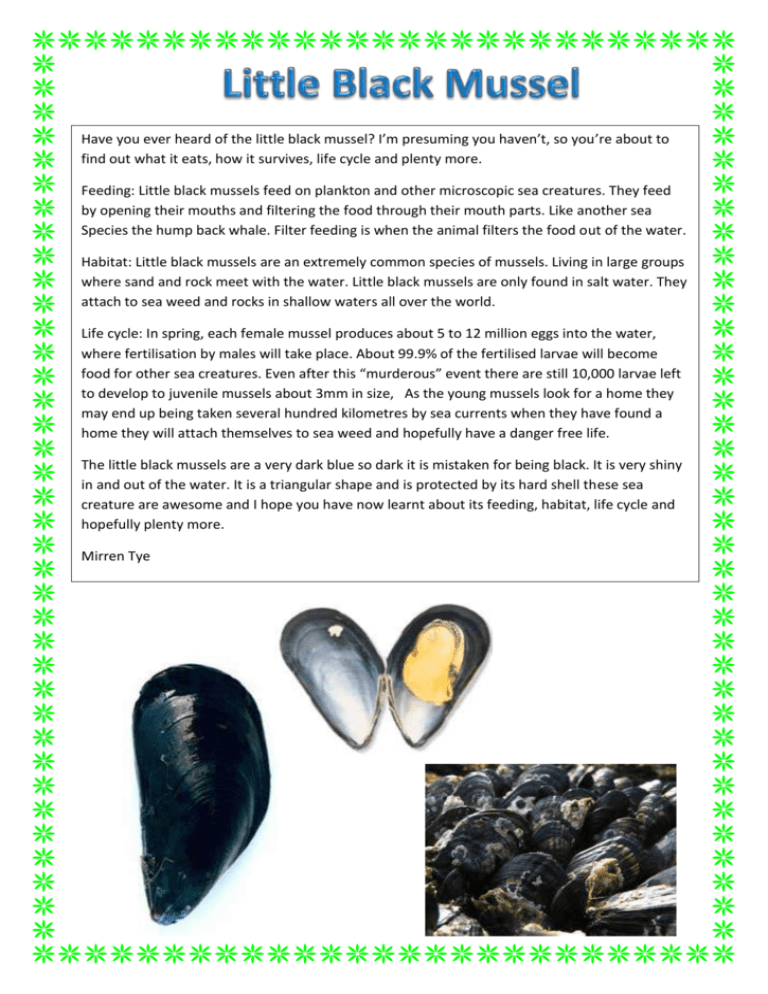
Have you ever heard of the little black mussel? I’m presuming you haven’t, so you’re about to find out what it eats, how it survives, life cycle and plenty more. Feeding: Little black mussels feed on plankton and other microscopic sea creatures. They feed by opening their mouths and filtering the food through their mouth parts. Like another sea Species the hump back whale. Filter feeding is when the animal filters the food out of the water. Habitat: Little black mussels are an extremely common species of mussels. Living in large groups where sand and rock meet with the water. Little black mussels are only found in salt water. They attach to sea weed and rocks in shallow waters all over the world. Life cycle: In spring, each female mussel produces about 5 to 12 million eggs into the water, where fertilisation by males will take place. About 99.9% of the fertilised larvae will become food for other sea creatures. Even after this “murderous” event there are still 10,000 larvae left to develop to juvenile mussels about 3mm in size, As the young mussels look for a home they may end up being taken several hundred kilometres by sea currents when they have found a home they will attach themselves to sea weed and hopefully have a danger free life. The little black mussels are a very dark blue so dark it is mistaken for being black. It is very shiny in and out of the water. It is a triangular shape and is protected by its hard shell these sea creature are awesome and I hope you have now learnt about its feeding, habitat, life cycle and hopefully plenty more. Mirren Tye

